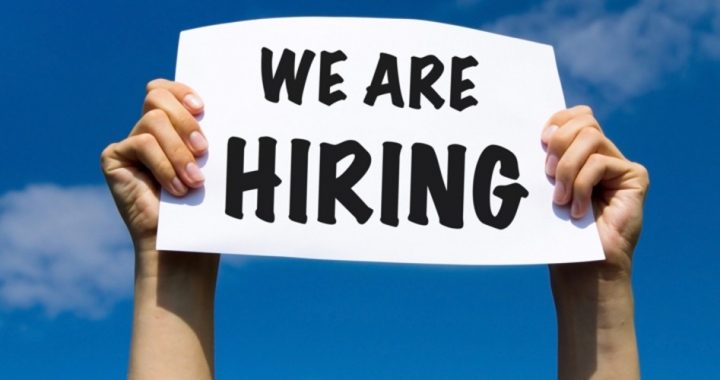
The “Job Openings” report released Tuesday by the Department of Labor’s Bureau of Labor Statistics (BLS) was nothing short of remarkable: “On the last business day of March, the job openings level increased to a series high of 6.6 million. The series began in December 2000.” Translation: The U.S. economy, as measured by job growth, job openings, and unemployment numbers, is stronger now than at any time in the past 17 years.
Those job openings are in professional and business services, the segment of the economy that facilitates the rest of the economy through technology. Employers are looking for construction workers (68,000 openings in March) and in transportation, warehousing, and utilities (37,000 openings in March).
Buried in the numbers is another astonishing fact: “Over the 12 months ending in March, hires totaled 65.7 million and separations totaled 63.4 million, yielding a net employment gain of 2.3 million.” This is confirmation of President Trump’s boast that under his administration’s first year there have been more than two million jobs created.
As reported last week, the economy grew by more than 200,000 jobs in April, for the sixth straight month in a row. This drew warnings from Ahu Hildirmaz, the vice president of the ADP Research Institute, who said “As the labor pool tightens it will become increasingly difficult for employers to find skilled talent.”
Theoretically, every unemployed individual in the country — 6.5 million — should be able to find work, filling those 6.6 million job openings. That’s a fanciful conclusion, for many reasons: Job openings aren’t being offered where people are looking for work, or the openings require skills those looking for work don’t have.
But the economy has continued to surprise on the upside, deaf to warnings of a labor “pinch” from people such as Hildirmaz. Baby boomers are staying on the job longer, putting off retirement for many reasons. Some of them are returning to the workforce as employers increase incentives for them to do so. Many companies are funding training schools and expanding educational opportunities, creating the very workforce that they know they will be needing as the economy continues to grow. More than one million women, formerly out of the workforce, have entered (or reentered) the job market in the last year, bringing skills increasingly needed as the economy grows.
What’s also surprising is that there would be even more job openings if it weren’t for the increasing use of robots filling jobs held by humans in the recent past. Automobile manufacturing is almost entirely automated, while the food-service industry is rapidly replacing human order-takers with kiosks. There’s a hotel in Japan that has been operating almost entirely by robots for the past two years, from greeters to luggage handlers to automated suggestions on places to dine out and be entertained. Room service is automated, as is checkout and transportation back to the airport.
An amazing YouTube video now shows how robots are competing with each another in warehouse management at Amazon and Alibaba.
What the latest report from the BLS confirms is 1) Trump is correct; 2) the economy is robust; 3) naysayers continue to search in vain for evidence of slowing; and 4) just because the economic recovery is nine years old doesn’t mean it’s getting tired or long in the tooth. On the contrary, it appears that it is just now catching its second wind.
An Ivy League graduate and former investment advisor, Bob is a regular contributor to The New American magazine and blogs frequently at LightFromTheRight.com, primarily on economics and politics. He can be reached at [email protected].
Related articles:



